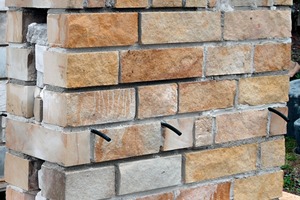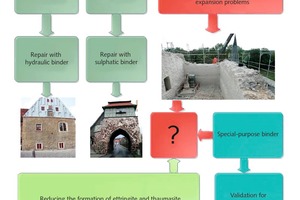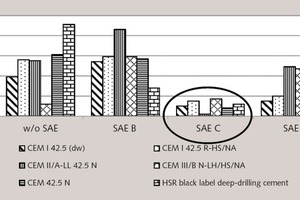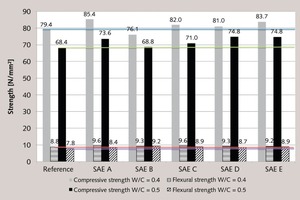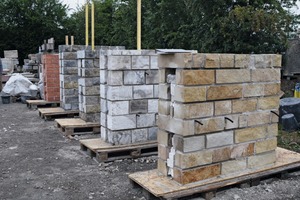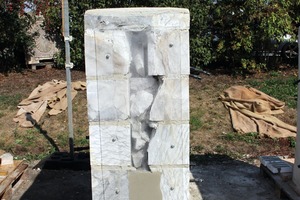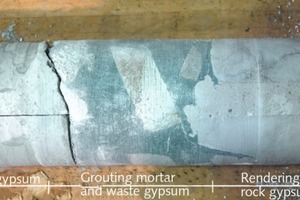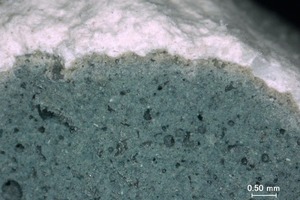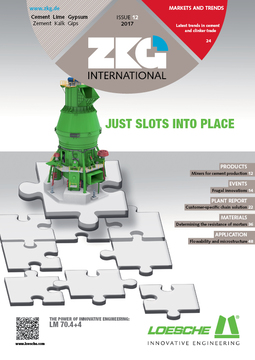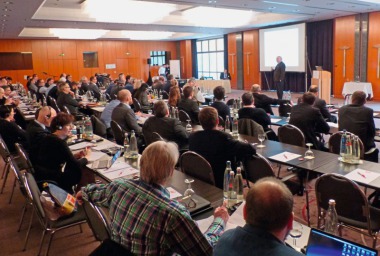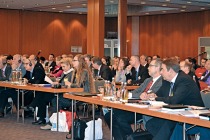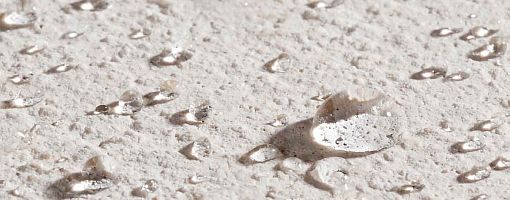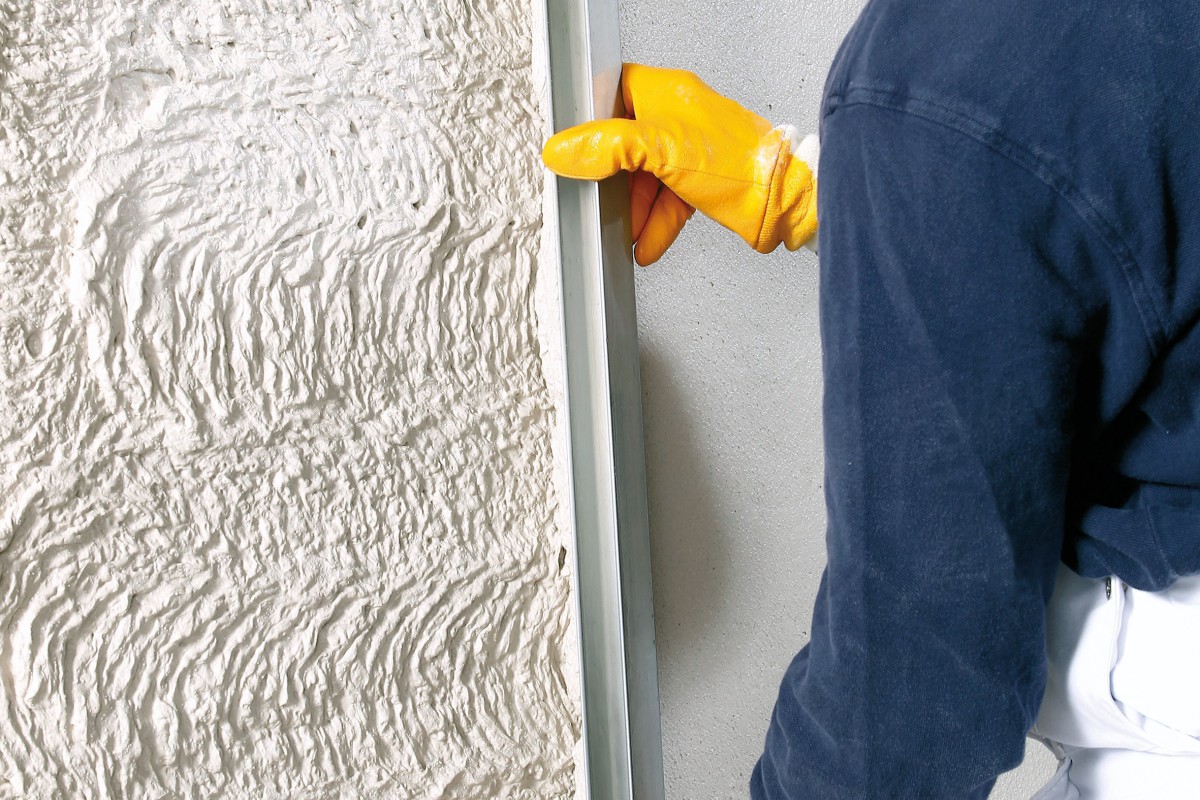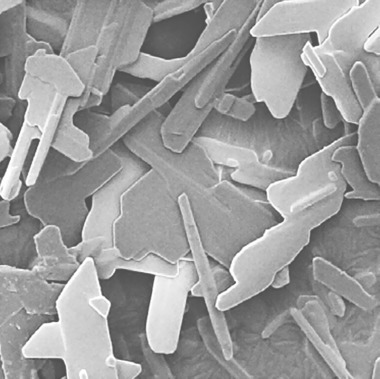Repair materials for sulphatically and hydraulically bonded masonry
Two research projects aimed to provide alternative materials for the rehabilitation of masonry damaged by destroying minerals were conducted at Bauhaus-Universität Weimar. The goal of the first was to reduce formation of ettringite and thaumasite in damaged sulphatic masonry by introduction of silicic acid esters (SAEs), while the second dealt with validation of a repair material for sulphatically and hydraulically bonded masonry. This contribution presents the initial findings.
1 Introduction
In several parts of Germany, at least until the late 19th century, many buildings made of artificial stone (e.g., bricks) and natural stone (e.g., slate, limestone, sandstone, gypsum rock) were bonded with gypsum (or gypsum-based) mortar. Particularly in Thuringia, Saxony-Anhalt, Lower Saxony, Hamburg, Bavaria and Baden-Württemberg, such mortar was in commonplace use due to the local natural occurrence of gypsum and advantageous means of transport (e.g., by water to Hamburg). Albeit, pertinent examples can also be cited for Berlin, Hesse, Mecklenburg-Vorpommern and...

